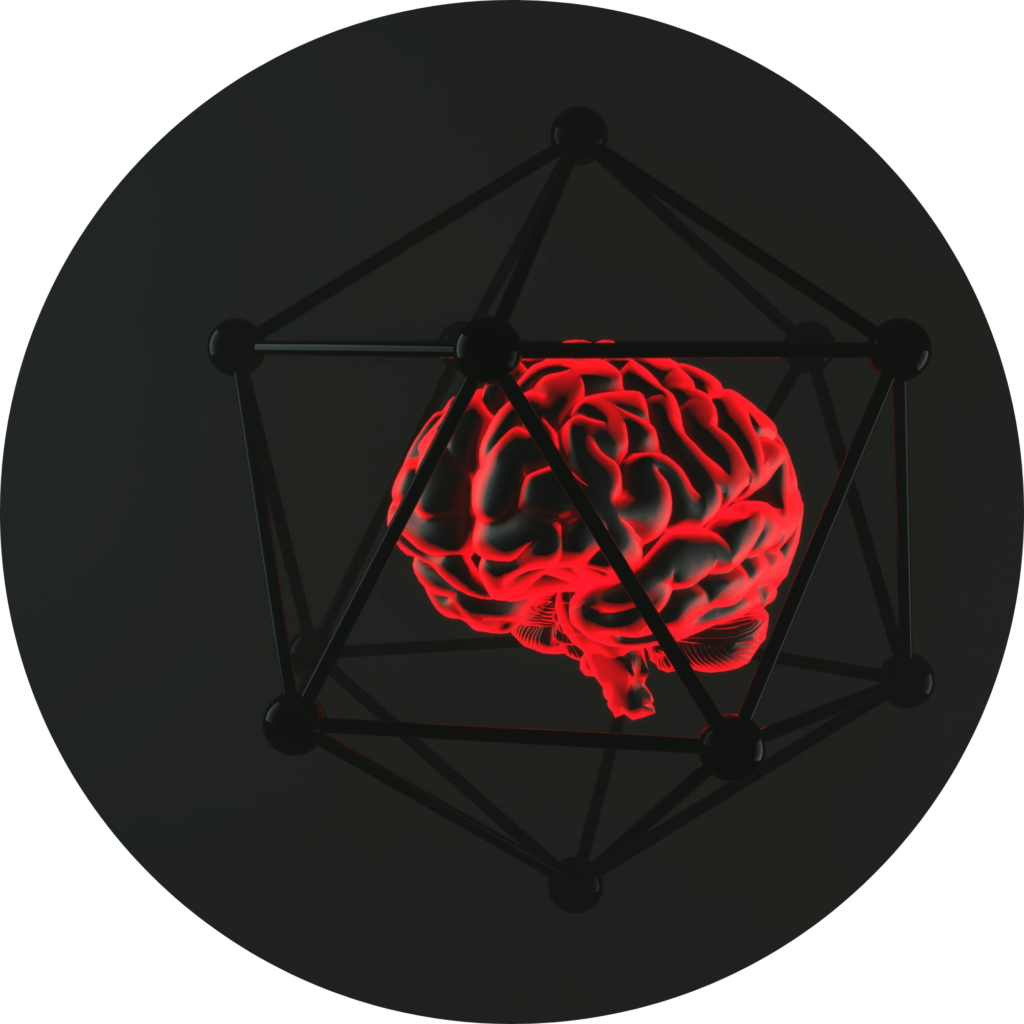Are You Asking to Be Right—or to Learn Something New?
How a simple number puzzle reveals the leadership edge most people miss. A great exercise to try with your team.
Let me throw a quick logic puzzle your way. It starts with this:
2, 4, 6
What’s the rule?
Most people look at those numbers and go: “Got it! Even numbers. Going up in twos.” So they test it. They try 8, 10, 12. Yep, it fits. Maybe 20, 22, 24? Still fits. Nailed it, right?
Not quite.

Any numbers in ascending order.
That’s it. 1, 2, 3 works. So does 10, 300, 1000. Even 7, 9, 500. You just have to go up. But most people never try to disprove their theory. They only test what confirms it.
This little game is from a famous psychology study by Peter Wason in the 1960s, and it’s since become one of the clearest (and most frustrating) examples of confirmation bias, our brain’s sneaky tendency to look for evidence that supports our beliefs, rather than challenges them.
And let’s be honest: we all do it.
We look for data that proves we’re on the right path. We ask team members questions that subtly nudge them to agree. We surround ourselves with people who reinforce our thinking. It feels good. It’s efficient. But it also keeps us stuck.
So what does this have to do with leadership?
Everything.
The best leaders I work with are the ones who get curious, especially when it’s uncomfortable. They ask,
- What might I be missing?
- Where could I be wrong?
- Who sees this differently—and what can I learn from them?
They don’t just want to be right. They want to see more clearly.
That shift, from confirming to exploring, is where better decisions, stronger strategy, and more inclusive leadership lives. It’s where innovation actually gets a chance to breathe. It’s also where psychological safety grows, because when leaders ask disconfirming questions, they signal that different perspectives are not just allowed, they’re valued.
So next time you find yourself nodding along with your own thinking… try asking the question that might unravel it.
